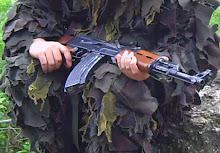After given US Congressional approval, are historic Apollo
mission memorabilia really worth the money?
By: Ringo Bones
Unlike the Soviet era cosmonaut space memorabilia that had
been on the auction block as far back as 1992, the US Congress has just given
the green light on the sale of historically significant Apollo mission
memorabilia. The items reached the New York auction house Bonhams back in
Monday, March 18, 2013 and they truly represent a treasure trove of America’s
glory days of manned space exploration during the late 1960s and the early
1970s.
The most famed item on auction is the “Space Magna Carta” a
1975 printed certificate marking the symbolic end of the space race between the
United States and the then Soviet Union that was valued at 100,000 US dollars
that supposedly set on paper the end of the American and Soviet space
exploration rivalry when the Soviet era Soyuz capsule docked with an American Apollo
spacecraft. And also, two sheets of the Apollo 11 manual on how to get back to
Earth from the Moon is also expected to go for 90,000 US dollars.
The now iconic checklist of the Apollo 13 emergency procedure
annotated by astronaut Jim Lovell was also offered. And one of the esoteric
items offered was an uneaten “space meal” potato soup packet brought on the
Apollo 13 mission. If you have the requisite money, there are also space suit
gloves and other Apollo era related memorabilia – and most of them could cost,
for starters, as much as a high-end sports car or as much as a million US
dollars for more iconic items offered.
